Gastronomy Island Hvar
Gastronomy and culinary tourism offer a delicious way to explore culture, tradition, and local flavors. Discover unforgettable food experiences through wine tastings, cooking classes, street food tours, and gourmet dining.
Our platform allows you to easily book gastronomic experiences online, with verified hosts and real-time availability. Whether you're looking for authentic cooking workshops or luxury food and wine pairings, you'll find something to satisfy your taste.
Gastronomic tourism brings travelers closer to the heart of a destination — its food heritage. Enjoy farm-to-table meals, visit traditional markets, or take part in chef-led tours that reveal culinary secrets passed down through generations.
Compare reviews, check availability, and reserve your spot for the next food and wine experience. Indulge in your passion for food and turn every bite into a cultural adventure!
Gastronomy Island Hvar FAQ
The island of Hvar is one of the longest islands on the Adriatic. It is located in between the islands of Brac, Vis, Korcula, the Peljesac peninsula and the Makarska seaside. Just opposite the western side of the island lay the Pakleni islands.
Hvar's development has progressed throughout the years. A large number of villages are situated in the island's interior and the larger towns such as Hvar, Stari Grad, Jelsa and Vrboska are located along its coastline. All of the towns are connected by roads and visitors can reach the island by ferryboat.
Hvar has many resources some of which are tourism, agriculture (including cultivation of vineyards, olive trees, fig trees, rosemary, and lavender), fishing, and stockbreeding. Cultivation of lavender and manufacturing lavender oil, up until recently, were the island's main resource. Lavender comes to full bloom in the months of April and June and the island's many lavender plantations become filled with colour and wonderful aromas. Hvar has another tradition that has been carrying on throughout the last 100 years. It is the traditional craft of making...
Tourist offers Island Hvar
Gastronomy Island Hvar
Health Tourism Island Hvar
Active Tourism Island Hvar
Culture Tourism Island Hvar
Nightlife Island Hvar
Transfers Island Hvar
Events and entertainment Island Hvar
Excursions Island Hvar
Hotels in Island Hvar
Private accommodations in Island Hvar
Tourist resorts in Island Hvar
Holiday houses in Island Hvar
Villas with Pool in Island Hvar
Camps, mobile homes in Island Hvar
Boat rental in Island Hvar
Farm holidays in Island Hvar
Hostel in Island Hvar
Gastronomy Island Hvar Offer
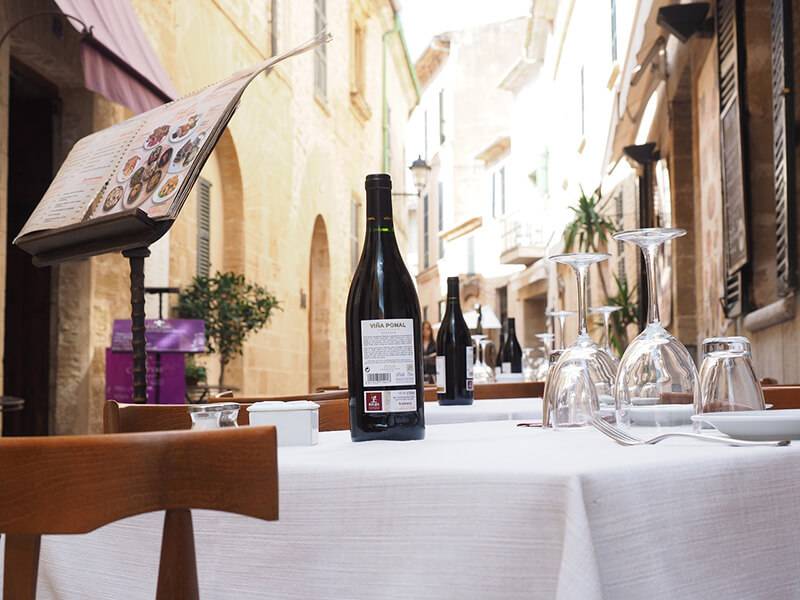
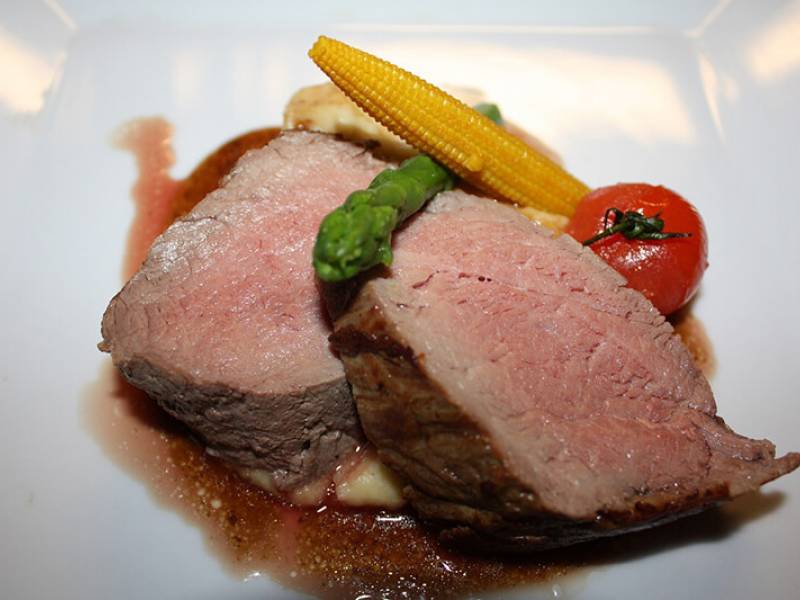
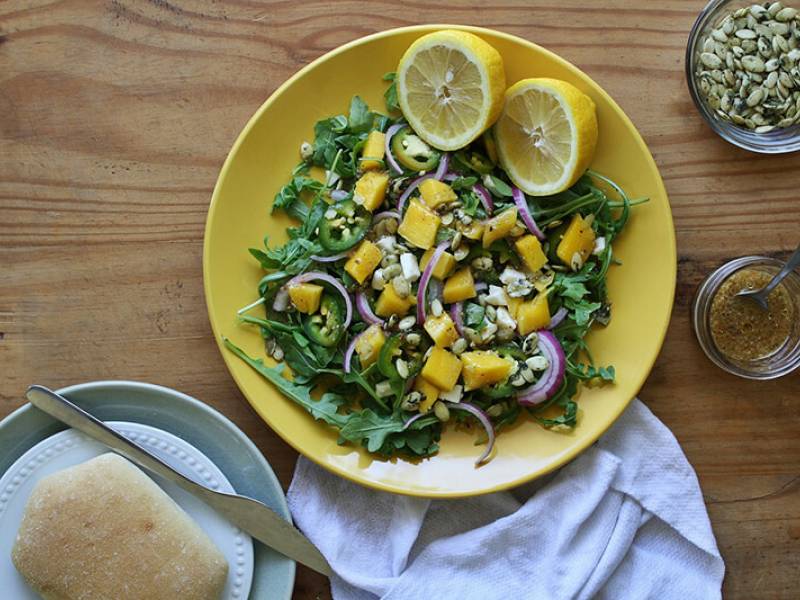
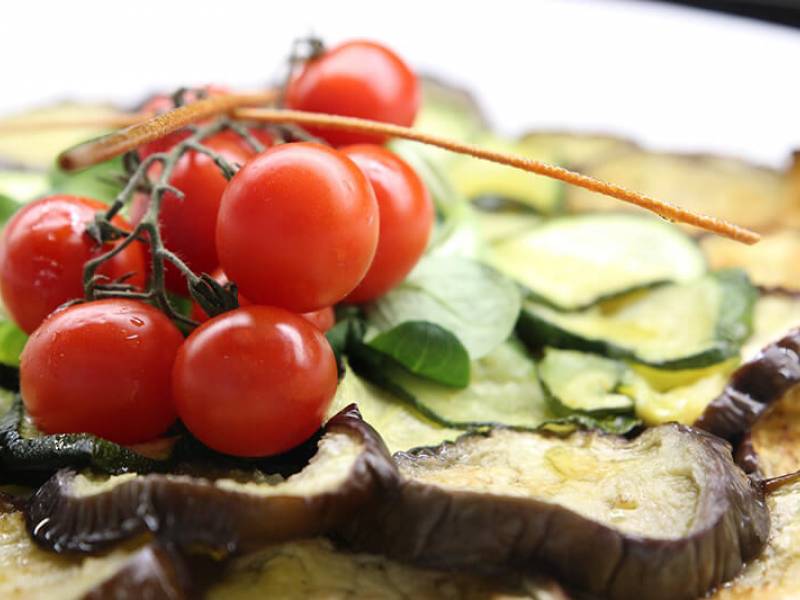
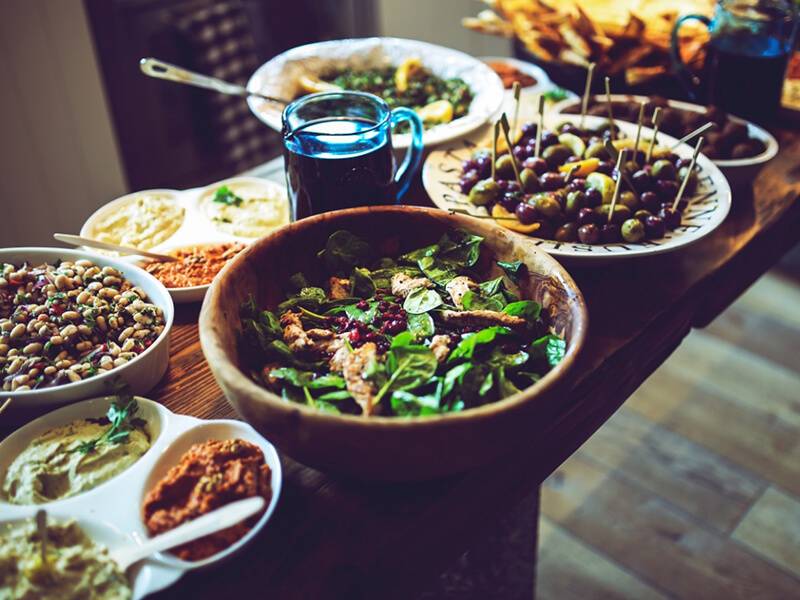
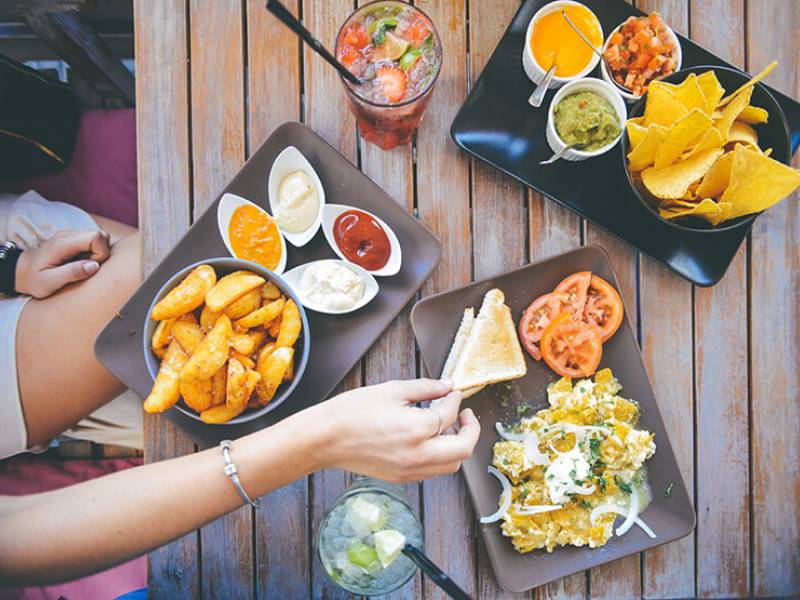
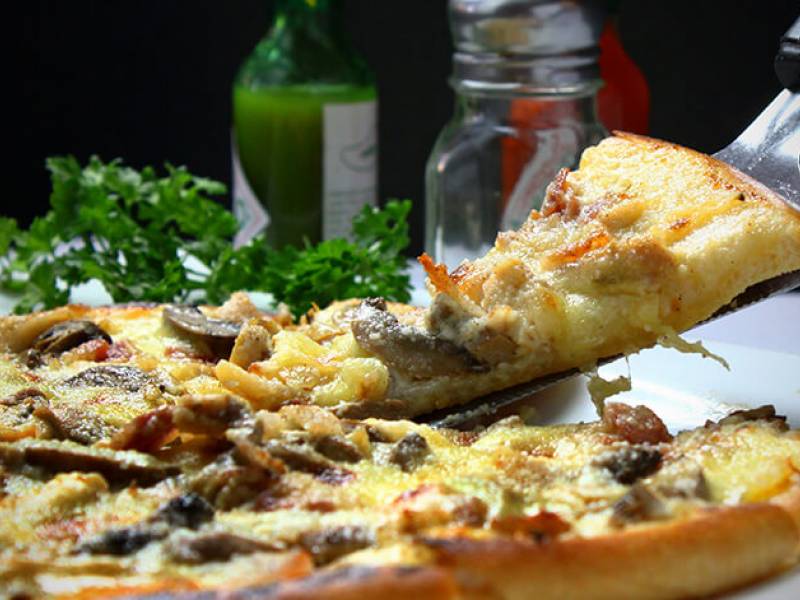
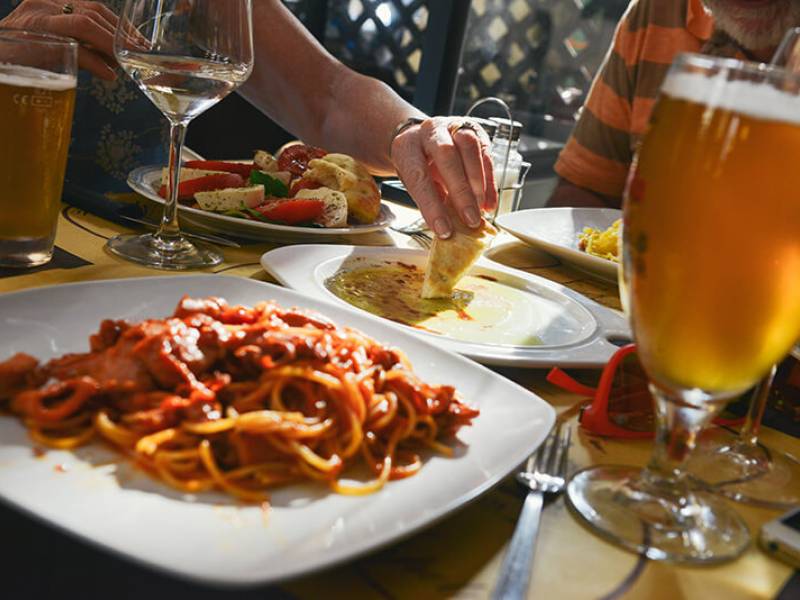
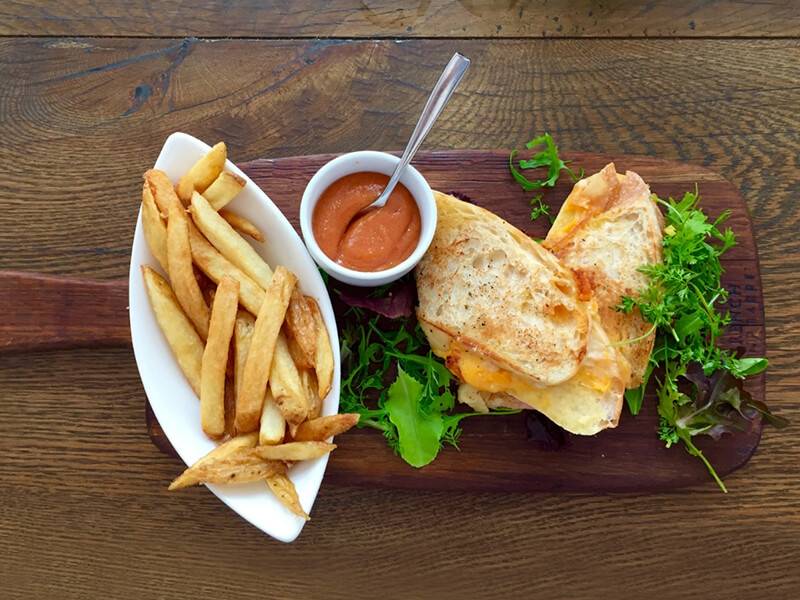
























 Professional serivce
Professional serivce Quality tourist service
Quality tourist service 14 years in business
14 years in business A large number of satisfied guests
A large number of satisfied guests